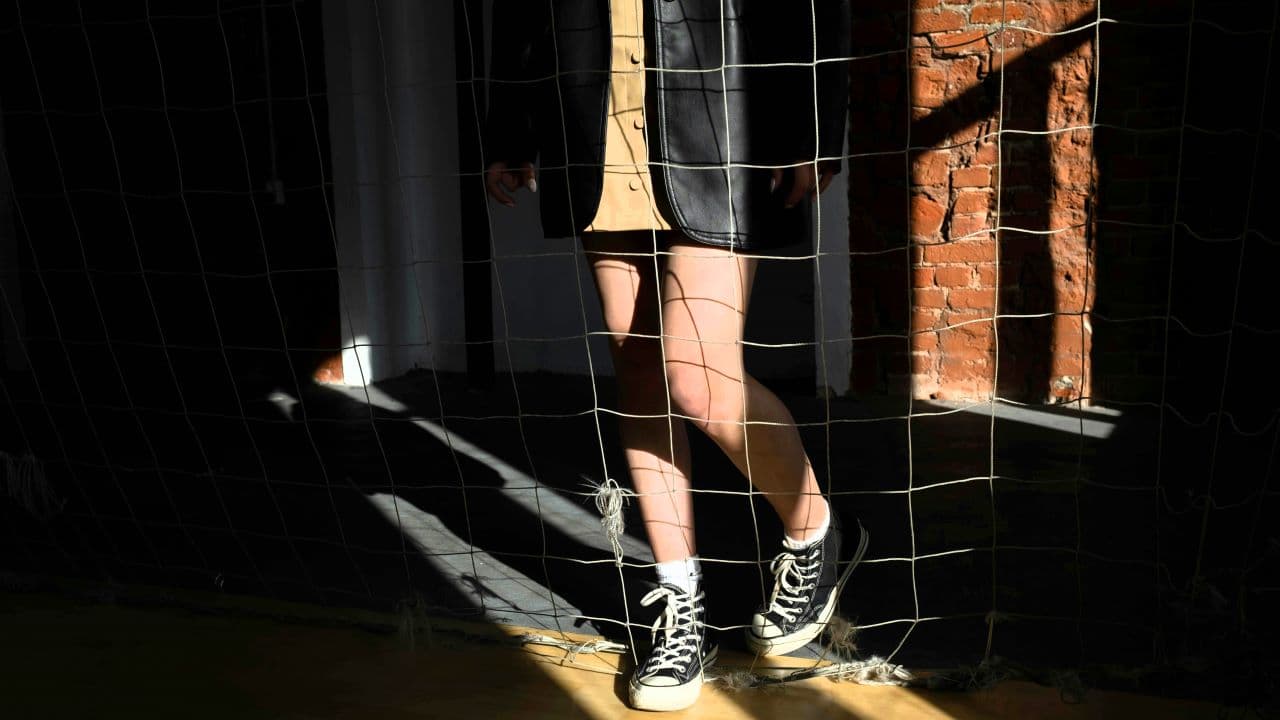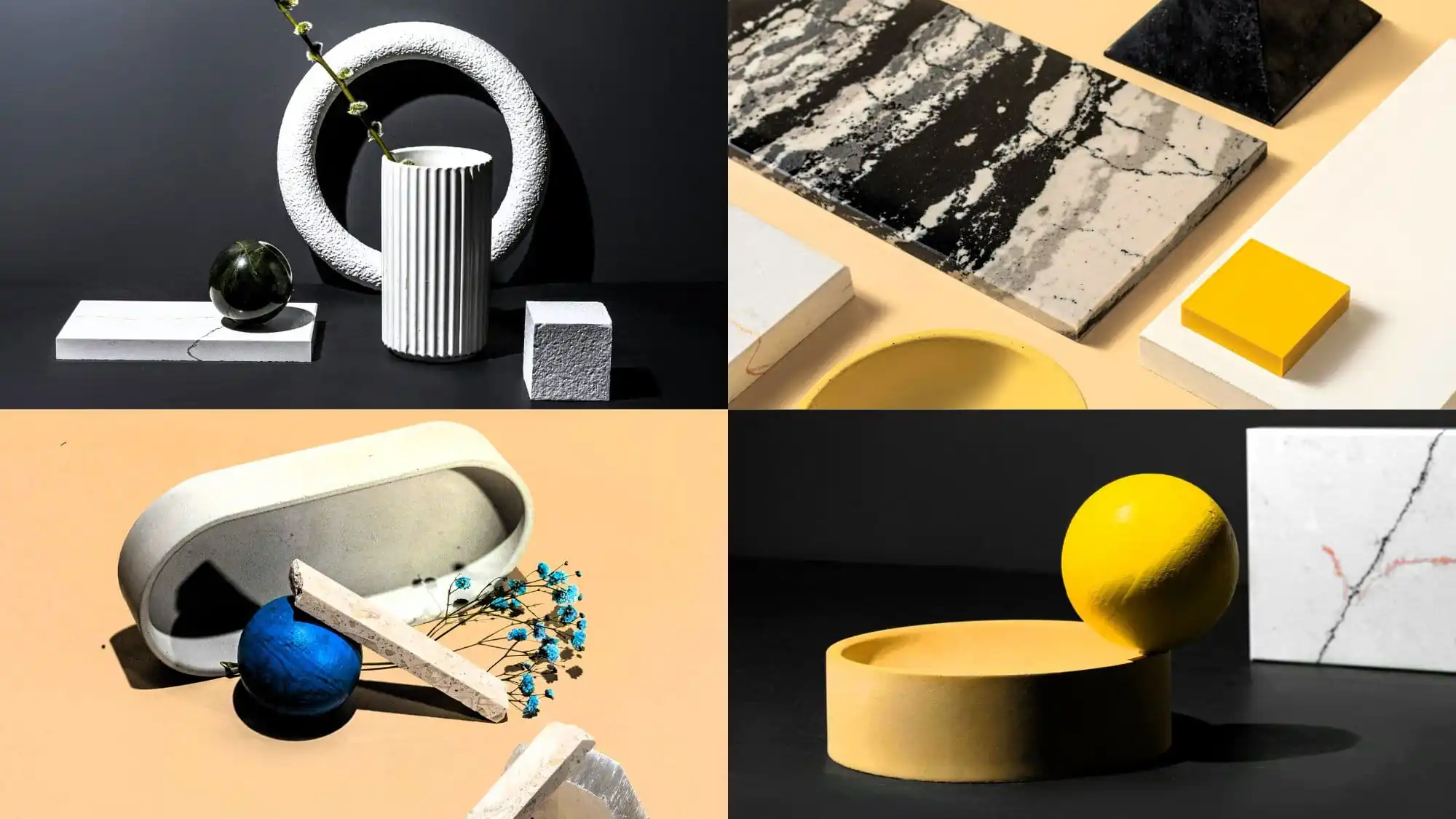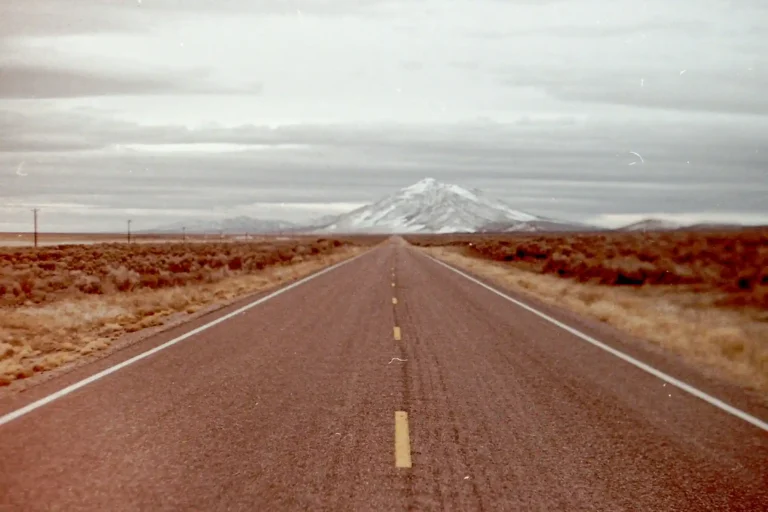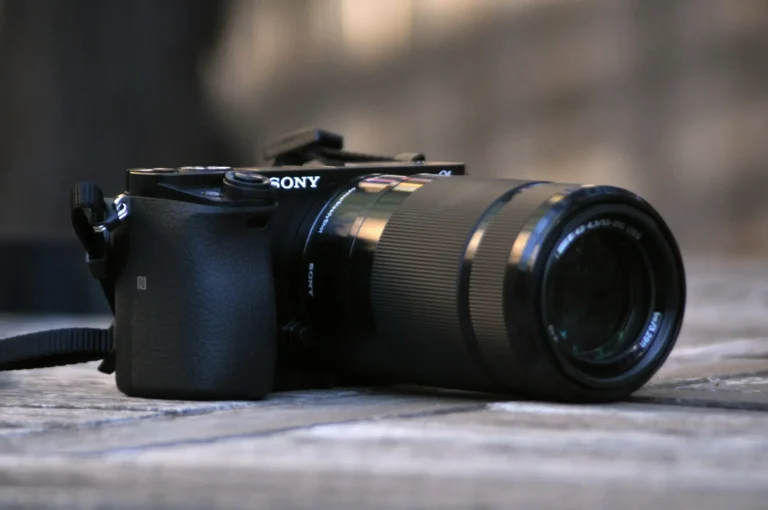Did you know that negative space in photography can transform an ordinary image into a captivating masterpiece? It can effectively draw your focus to the subject, evoking emotions and telling compelling stories.
By intentionally leaving empty spaces within your frame, you create room for imagination and curiosity. Your eyes are naturally drawn to these areas, allowing the main subject to stand out with striking clarity.
Embracing this concept opens up creative possibilities for photographers like yourself.
Key Takeaways
- Embrace simplicity: Use negative space to create a sense of calm and draw attention to your subject, making your photos more impactful.
- Experiment with composition: Apply the rule of thirds and other composition techniques to effectively use negative space in your photography.
- Utilize social media: Share your minimalist and negative space photography on social platforms to showcase your unique style and attract like-minded enthusiasts.
- Explore camera settings: Adjust aperture and focus to highlight the subject within the negative space, adding depth and visual interest to your images.
- Incorporate storytelling: Use negative space to evoke emotions and convey a narrative, engaging viewers on a deeper level through your photography.
- Practice restraint: Understand that negative space isn’t just empty space; it’s a powerful tool that can elevate your photography and captivate your audience.
Understanding Negative Space

Negative space in photography plays a crucial role in the overall composition of your photos. It refers to the empty or open areas surrounding the main subject, and understanding it is essential for creating impactful and visually appealing photographs.
By leaving ample negative space around your subject, you draw attention to the main focal point of your image. This helps create a sense of balance within the composition, making your subject stand out more prominently.
Proper use of negative space can significantly impact how viewers perceive and interpret your photographs. It adds simplicity and elegance to an image, evoking emotions such as tranquility or contemplation.
Embracing negative space enables photographers to evoke specific emotional responses from their audience by carefully arranging open areas within their compositions.
Techniques and Tips
Depth of Field

When capturing a photograph, negative space can be used to create depth. By leaving areas empty around the main subject, you can add layers and dimensionality to your image. This helps viewers understand the spatial relationships within the photo, providing context and scale. For example, if you’re taking a picture of a single tree in an open field, including more sky or grass around it can emphasize its solitary nature.
Selective framing is another technique that benefits from negative space. You can draw attention to specific elements within the frame by strategically incorporating empty areas into your composition. This allows you to highlight your main subject while adding emphasis and significance to it.
Light and Shadow
In photography, negative space is crucial in enhancing visual appeal by effectively leveraging light and shadow. When utilized thoughtfully, negative space can transform ordinary scenes into captivating works of art. It’s like using darkness behind a brightly lit object to make it stand out even more.

Negative space also helps eliminate distractions by simplifying compositions and drawing attention to the main subject. Photographers can declutter their images for a more focused visual narrative without unnecessary elements detracting from their intended message or story.
Utilizing Negative Space in Portraiture

Portrait Photography
When capturing portraits, negative space is a powerful tool that can bring attention to the subject’s presence and emotions. By strategically incorporating empty areas around the subject, you can draw the viewer’s eyes directly to the person being photographed. For example, if you’re taking a portrait of someone looking off into the distance, using negative space around them can emphasize their gaze and create a sense of contemplation or anticipation.
Negative space also plays a crucial role in conveying emotions within portrait photography. When there is ample empty space surrounding the subject, it can evoke feelings of solitude or introspection. This technique allows you to tell a story through your subject’s expression and the environment they are placed in.
In addition to this emotional impact, negative space in portraiture adds depth and dimension to your photos by providing context for your subjects. It helps viewers understand their place and creates an atmosphere that complements their presence.
Emphasizing Scale
Effectively utilizing negative space emphasizes scale within your photographs by providing reference points for size and proportion. For instance, when photographing people against vast landscapes or architectural structures, incorporating negative space enables viewers to comprehend the grandeur of these surroundings relative to the human figure.
Leveraging Camera Tools
Using wide-angle lenses can significantly enhance your compositions. These lenses capture expansive scenes, allowing you to incorporate negative space for added visual impact. By leveraging the unique perspective of wide-angle lenses, you can create dynamic and immersive photographic narratives that draw the viewer’s attention.
Black-and-white conversion presents a powerful tool for accentuating the impact of negative space in your photographs. Converting images to black-and-white emphasizes contrasts within the composition, enhancing the role of negative space. This exploration of tonal variations unlocks new creative possibilities and allows you to effectively leverage negative space in your photography.
Furthermore, considering camera orientation is crucial when aiming to utilize negative space creatively in your images. Different camera orientations offer distinct opportunities for integrating negative space into your compositions. By carefully choosing the orientation of your camera, you can optimize the use of negative space to achieve specific visual objectives and convey compelling narratives through your photography.
Incorporating these techniques into your photography practice will empower you to harness the full potential of negative space as a powerful compositional element.
Composition Strategies

Negative space in photography plays a crucial role in balancing compositions. By strategically incorporating negative spaces, you can create visual counterpoints that complement your photographs’ main subjects or elements. Achieving equilibrium between positive and negative spaces results in harmonious and visually engaging compositions. For example, when capturing a portrait, the area around the subject can be used as negative space to balance the overall image.
Negative spaces often form geometric shapes, adding structure and visual interest to your compositions. Embracing these geometric forms created by negative spaces enhances the dynamics of your photographs. For instance, when photographing architecture or urban landscapes, you can use the surrounding empty areas to frame and highlight the main structures or buildings.
Moreover, leveraging contrasting colors within negative spaces intensifies the visual impact of your photographs. The strategic use of color contrast draws attention and creates focal points within your images. When shooting nature scenes or still life photography, incorporating contrasting colors within negative spaces enriches your compositions with vibrancy and dynamism.
Minimalism and Negative Space
Embracing Minimalism

Negative spaces play a crucial role. By embracing minimalism, you prioritize simplicity and essential elements in your photos. This means using negative spaces effectively to create clean, uncluttered compositions. For example, suppose you capture a lone tree in a vast desert landscape. In that case, the empty space around the tree becomes as important as the subject itself.
Embracing minimalism through the effective use of negative spaces allows you to convey powerful visual narratives. It helps direct the viewer’s attention to what truly matters in the photo.
Clean Backgrounds
Negative spaces contribute significantly to creating clean backgrounds that make your main subjects stand out prominently. Imagine taking a picture of a single flower against an expanse of clear blue sky – this is an excellent example of utilizing negative space for a clean background.
Incorporating clean backgrounds achieved through strategically placing negative spaces enhances overall composition quality by providing visual clarity and drawing attention directly to your subject.
Sky as Background
The sky often serves as an expansive negative space that offers vastness and openness as a background element in photography. Utilizing the sky as background-negative space can add depth and atmosphere while enhancing overall visual storytelling in your images.
Leveraging the sky as background-negative space creates dramatic backdrops complementing diverse photographic subjects such as architecture or landscapes.
Enhancing Negative Space with Elements
Repeating Patterns

When capturing negative photography space, you can use repeating patterns to add rhythm and structure to your compositions. Embracing these patterns within the negative spaces contributes to cohesive and visually engaging imagery. For example, imagine a photograph of a minimalist interior where the empty walls feature repetitive geometric shapes or lines, creating an aesthetically pleasing visual flow.
Incorporating repeating patterns within negative spaces enriches compositions with texture, harmony, and visual interest. These elements draw the viewer’s attention and enhance the overall storytelling aspect of your photographs.
Textures in Images
Negative spaces provide opportunities for showcasing textures that add tactile qualities and richness to your photographs. Capturing textures within negative spaces enhances sensory experiences while amplifying visual narratives. For instance, think about a photo of a serene landscape where the open sky serves as negative space, allowing the intricate details of clouds to create a sense of depth and emotion in the image.
Leveraging textures within negative spaces enriches images with depth, character, and expressive qualities. By paying attention to such details when composing your shots, you can elevate your photography’s impact and emotional resonance.
Combining Compositional Tools
Creative integration of multiple compositional tools alongside negative space maximizes visual impact within photographs. Combining various compositional techniques with negative space amplifies artistic expression while strengthening storytelling aspects. For instance, incorporating leading lines into your composition alongside strategically placed negative space can guide viewers’ eyes through an image while evoking a sense of balance and movement.
Leveraging combined compositional tools alongside negative space results in multifaceted imagery with enhanced aesthetic appeal.
Showcasing Work on Social Media
When you’re proud of your negative space photography, it’s time to share it with the world. Instagram is a fantastic platform for displaying your stunning work. You can inspire others with your creative vision by posting your captivating negative space photographs.
Utilize popular hashtags like #NegativeSpacePhotography, #MinimalistPhotography, and #VisualBalance to reach a wider audience. These hashtags help people interested in this photography style discover your work more efficiently. Engage with other photographers’ work on Instagram by leaving thoughtful comments and collaborating on projects.
Sharing negative space photography on social media allows you to showcase your talent. It connects you with a community of like-minded individuals who appreciate the art form as much as you do.
Final Remarks

You’ve now unlocked the power of negative space in photography. By understanding its significance, mastering techniques, and leveraging composition strategies, you can elevate your photography to new heights. Embrace minimalism, experiment with camera tools, and enhance your work with complementary elements to create captivating images that speak volumes.
It’s time to grab your camera and put these insights into action. Head out and start incorporating negative space into your photography. Don’t be afraid to push boundaries and explore new creative possibilities. Share your stunning work on social media and connect with fellow photographers to exchange ideas and feedback. Keep honing your skills, and remember that mastering negative space is a journey of continuous learning and innovation.
Frequently Asked Questions
What is negative space in photography?
Negative space in photography refers to the area around the main subject. It helps to define and emphasize the subject, adding balance and depth to the composition.
How can I effectively use negative space in portraiture?
In portraiture, negative space can create a sense of drama or intimacy. By positioning your subject within an open expanse of surroundings, you draw attention to their presence while conveying emotion and storytelling.
What are some techniques for enhancing negative space in photography?
Techniques like framing, leading lines, and color contrast can enhance negative space. Experiment with different compositions and perspectives to maximize this powerful element.
Why is understanding negative space important for photographers?
Understanding negative space allows photographers to create compelling compositions that draw viewers into the image. It adds visual interest, highlights the main subject, and contributes to a more balanced and impactful photograph.
How can I showcase my work utilizing negative space on social media platforms?
When showcasing your work on social media, consider how each platform’s layout affects your images’ display. Use captions strategically to guide viewers’ focus toward your intended use of negative space within your photographs.



